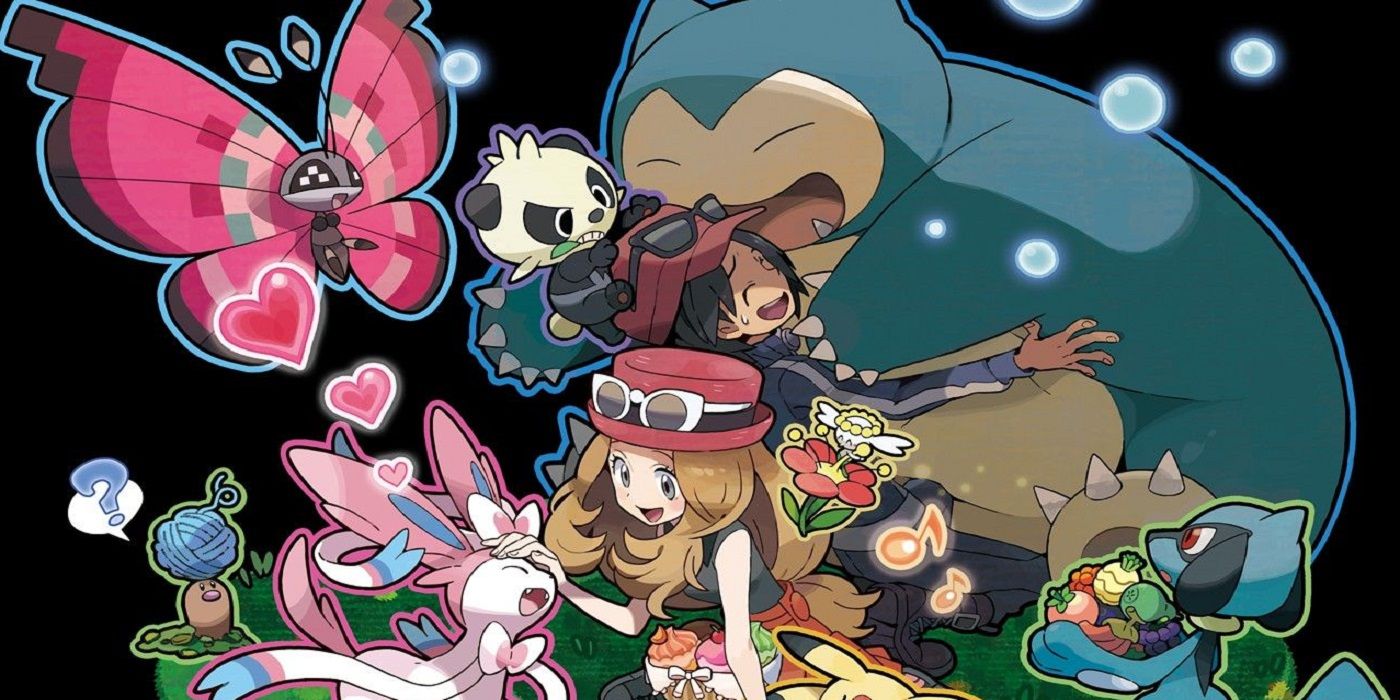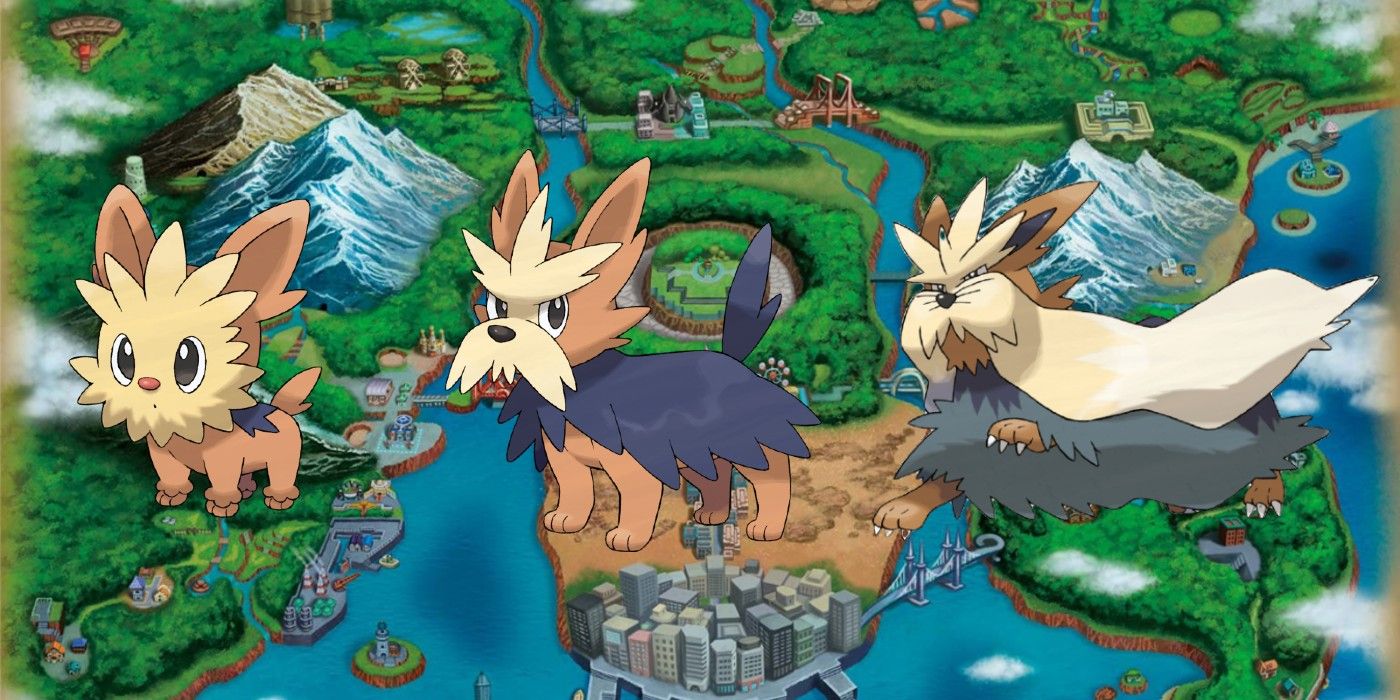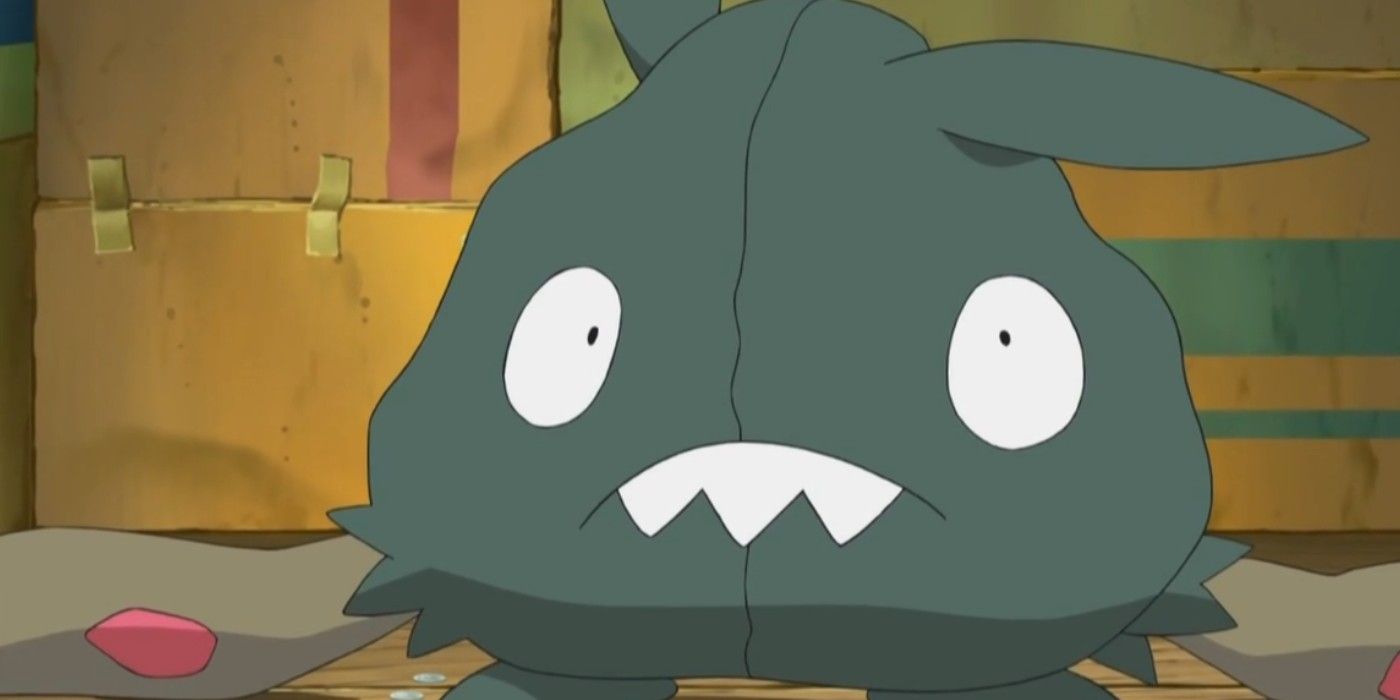The Pokémon franchise has been producing games for 25 years - and television shows and Trading Card Game content for nearly that long, with a steady audience, engaged and ready to try both new concepts and remakes. The elongated success of the series may seem confusing, as each main Pokémon game rehashes the same basic plot that involves becoming a Pokémon Master. However, the evolving world, endearing art styles, and adaptations to meet new console capabilities have helped keep the franchise fresh, even as other monster-catching titles like Digimon, Dragon Quest Monsters, and Yokai Watch struggle to keep a mainstream audience.
The Pokémon games have steadily expanded both mechanics and catchable monsters throughout each of the eight generations currently making up the franchise's timeline. With 898 different species to capture, including Legendary and Mythical Pokémon, and eight Pokémon regions with different cultures and mechanics to explore, the Pokémon series doesn't lack variety. However, it is likely the designs of the Pokémon species themselves that lend to the success of the series, thanks to a mixture of relatability and familiarity. While many monster-catching games utilize edgy or gritty looks for their monsters, Pokémon has employed a diverse range of designs, allowing players from a wide variety of styles to find a partner they enjoy and relate to.
Like mood boards on Pinterest, or personal clothing style choices, a player's Pokémon team is often a reflection of their own personal tastes. Those who enjoy a spooky or more edgy style of gameplay can capture a team of Dark and Ghost-type Pokémon like Gengar and Houndoom, while those who like sleek, classic monsters can go with Charizard or Machamp. Fans of cute or brightly colored things can create a team of Fairy, Grass, and Psychic-type Pokémon that offer adorable choices like Sylveon, Wooloo, or Ralts - or even branch out to the powerful and cute Fighting-types like Lucario. Whether players want a humorous team made up of Trubbish or a heavy-hitter team based on those of popular characters like Leon or Red, there is a Pokémon that will likely fit any player's personal aesthetic.
Pokémon Species Benefit from Simple Designs And Evolutions
Pokémon are also appealing thanks to simple designs and names. Base evolutions like Lillipup, Pikachu, and Charmander are all extremely simple, and also have features that carry over to each of their evolutionary forms, helping fans to know who belongs to which evolutionary lines. This is a wise choice by developers, as it makes each of the nearly 900 Pokémon species easy to remember and identify. To add to this, most Pokémon species have names that are associated with their appearances, like Charmander being a fire-lizard, and Squirtle being a water turtle. These consistencies carry through the Pokémon games, television shows, manga, and Pokémon TCG, allowing fans to enjoy their favorites across multiple different types of media without confusion.
This is a direct contrast to Digimon and Yu-Gi-Oh, which utilize complex designs for all of their creatures, as well as complicated names. While most fans can identify long-standing mascots of either series like Blue-Eyes White Dragon in Yu-Gi-Oh or Agumon from Digimon, other designs become complicated and convoluted, especially with Digimon, who all have the "-mon" ending, and unclear names that don't seem to have an attachment to their design in the English translations.
Yokai Watch does have fairly simple designs for its Yokai, but many of these are so abstract they can be hard to tell apart. While this can be a problem with the many fish in the Pokémon series or the numerous worm-like bug Pokémon that expand in each new generation, they both belong to an overall recognizable fish or bug category that still allows for easy identification. This gives them an edge over the still-endearing creatures from Yokai Watch.
Pokémon Look Like Existing Animal Species Or Common Objects
One of the biggest reasons Pokémon Species are more compelling than other monster-catching games, however, is because they can be related back to objects or animals players already know. Whether it's Pokémon that look like puppies like Growlithe or those that look like inanimate objects like Trubbish, the connection between a real concept and a fantastical monster gives the designs a more understandable and concrete presence. Even Pokémon based on well-known mythical creatures like unicorns, ghosts, and dragons are tied to something outside of the series players likely already have a connection to. The ability to battle against the Elite Four with a sentient pile of garbage or an actual dragon is not only delightful, but connects with the player's life outside of the game experience, allowing them to see Pokémon in their day-to-day living, and enabling the world of Pokémon to mesh with a player's tangible reality.
However, one of the driving forces for Pokémon's sustained popularity is consistency. Despite decades of new Pokémon species, all drawing from similar foundations, new designs fit pleasantly with the previously existing Pokémon. New species from Sword and Shield's Galar region like Wooloo can be placed beside Johto's Miltank in a field and it wouldn't seem as if there are five generations of Pokémon games between them. This point is actually driven by Pokémon's regional variants. A Meowth's basic design can fit into Kanto, Alola, and Galar but each has special qualities from the regional forms that make it unique. However, the regional changes don't detract from the fact that the Pokémon is still Meowth.
While some generations of the Pokémon series have introduced less-than-amazing Pokémon species among numerous well-known companions, even those that don't become widely popular likely have a place on a player's team somewhere in the world. Because of this, the Pokémon series can take risks when introducing new Pokémon species, and gauge what players may like to see more of in the next generation, or avoid if the design doesn't seem to be well received. By doing this, and adding new regional forms or evolutionary options to existing species, the Pokémon series continues to expand the loveable list of monster companions players can keep while remaining close to the design basics that allow the series to remain popular and relatable to both new and old fans alike.



